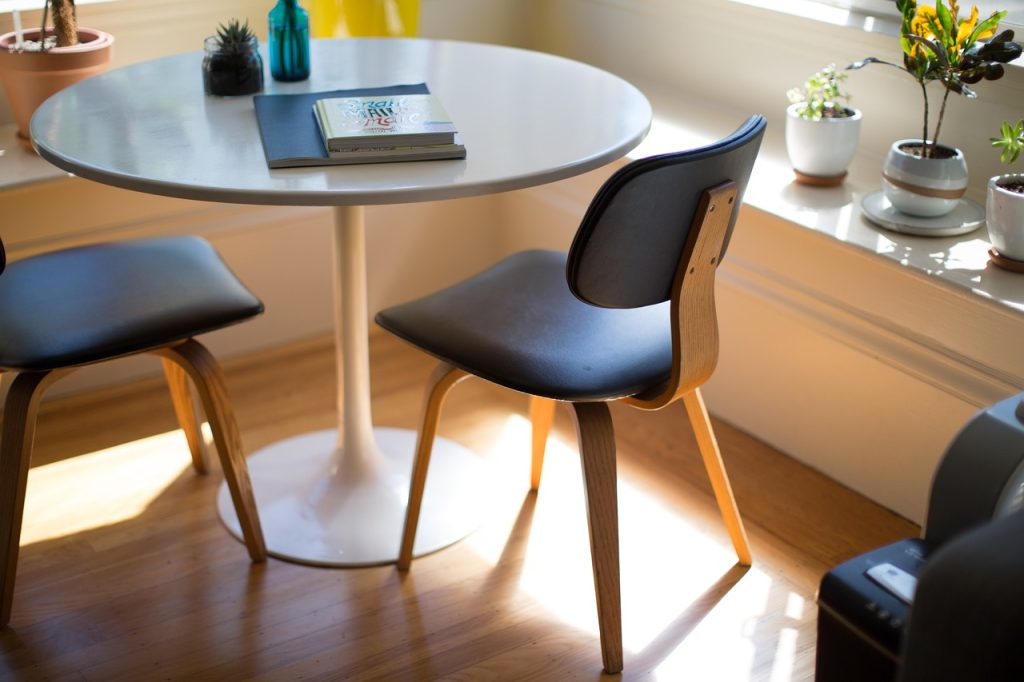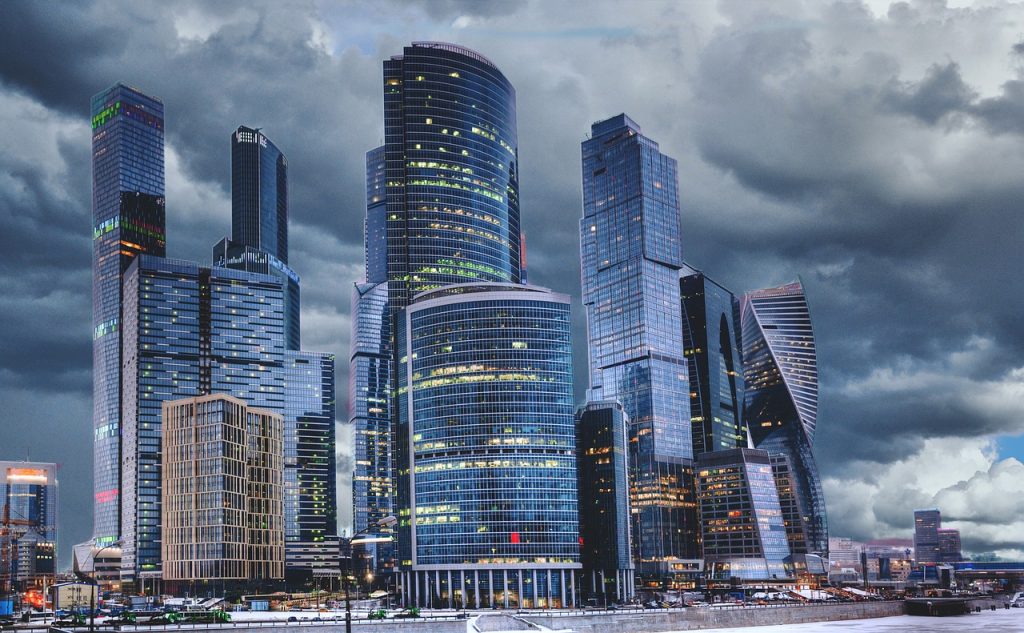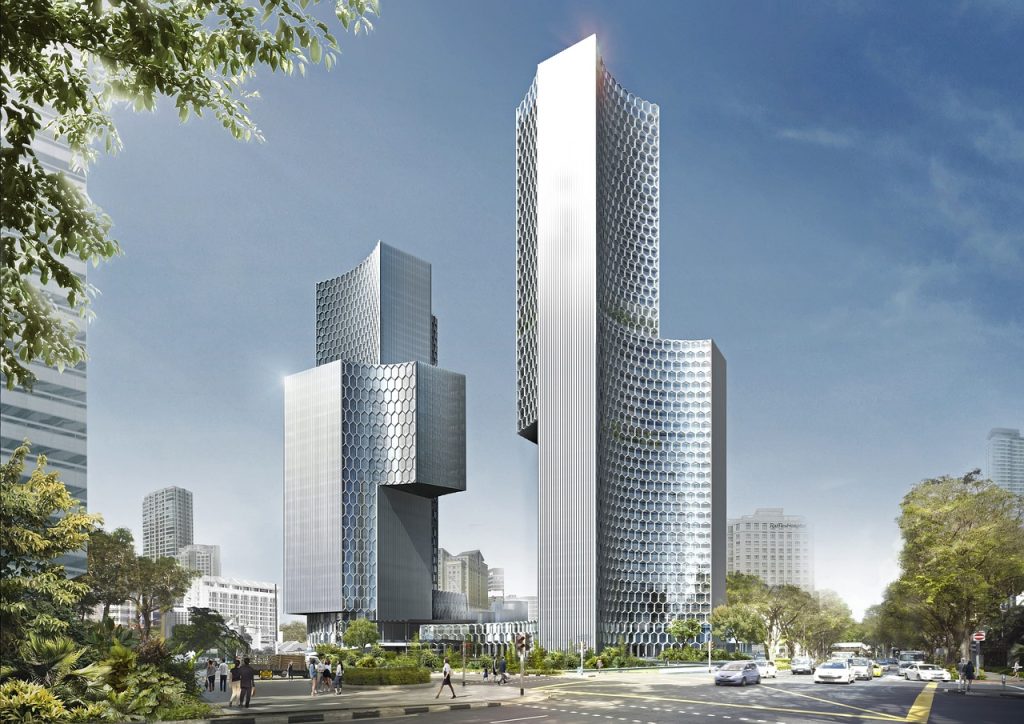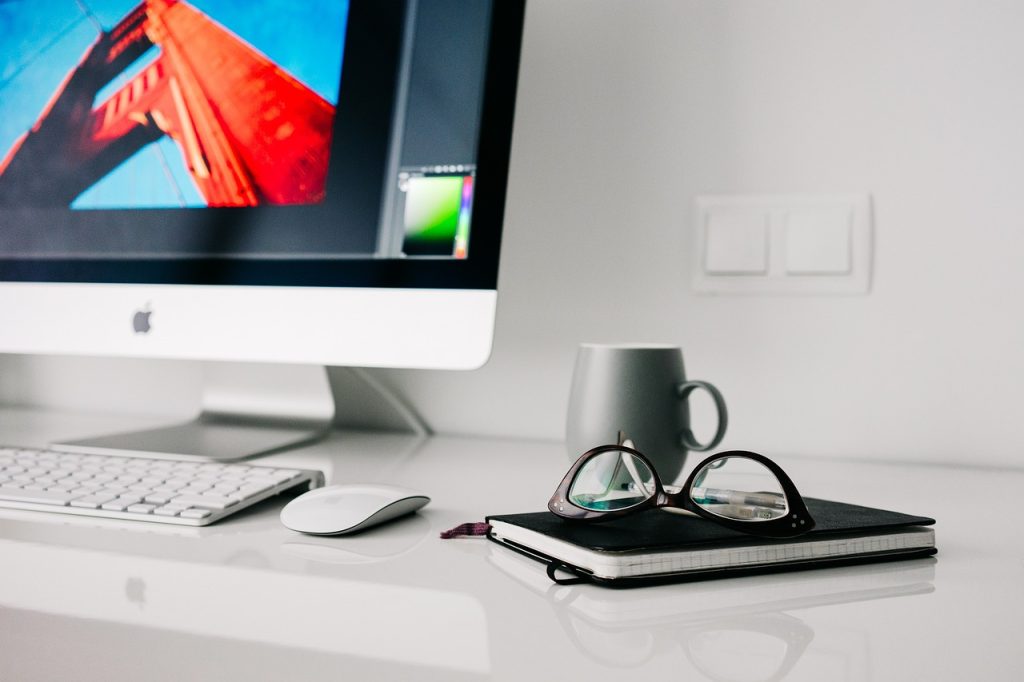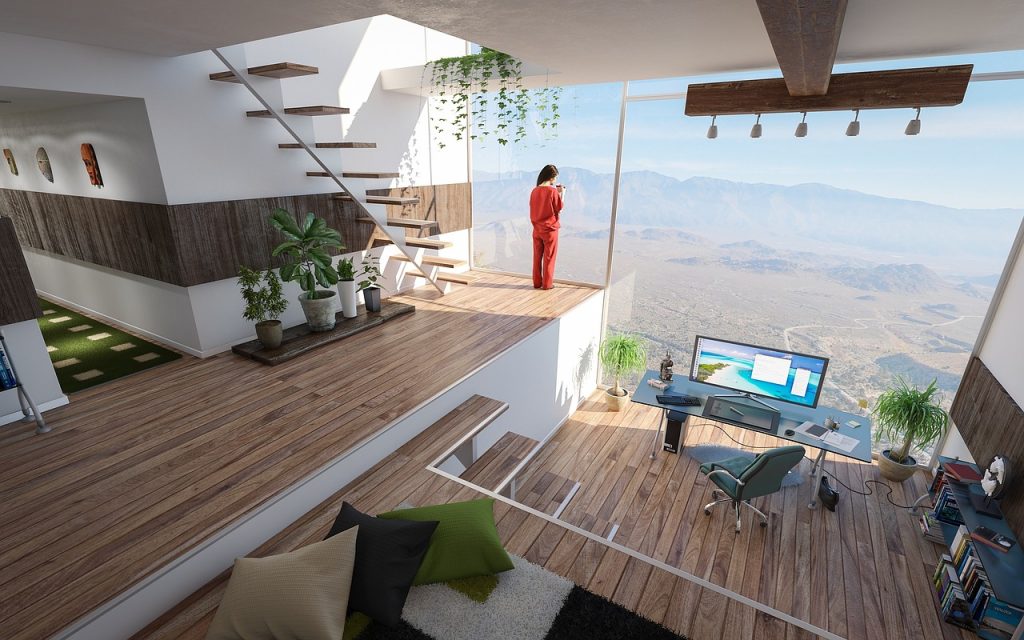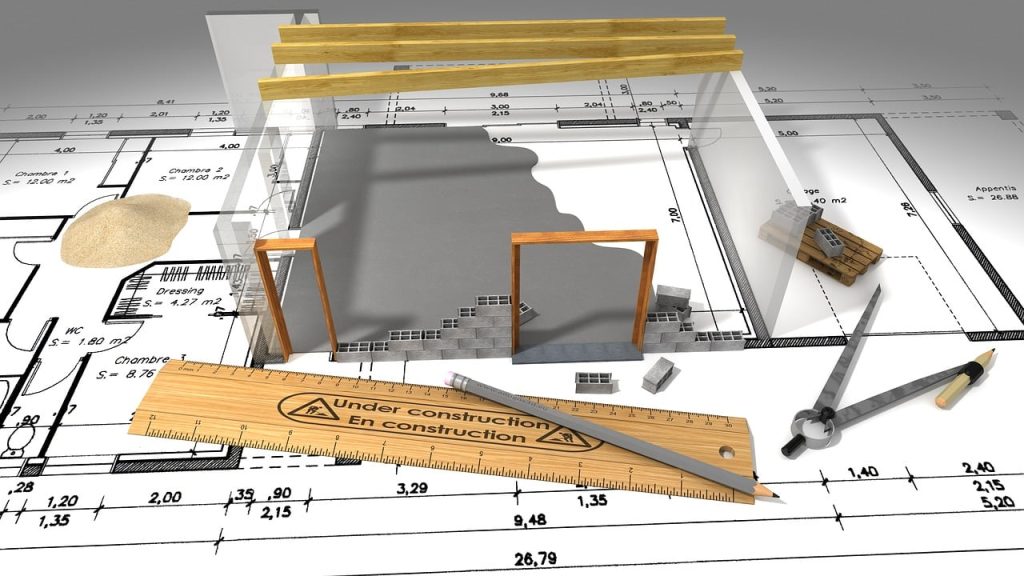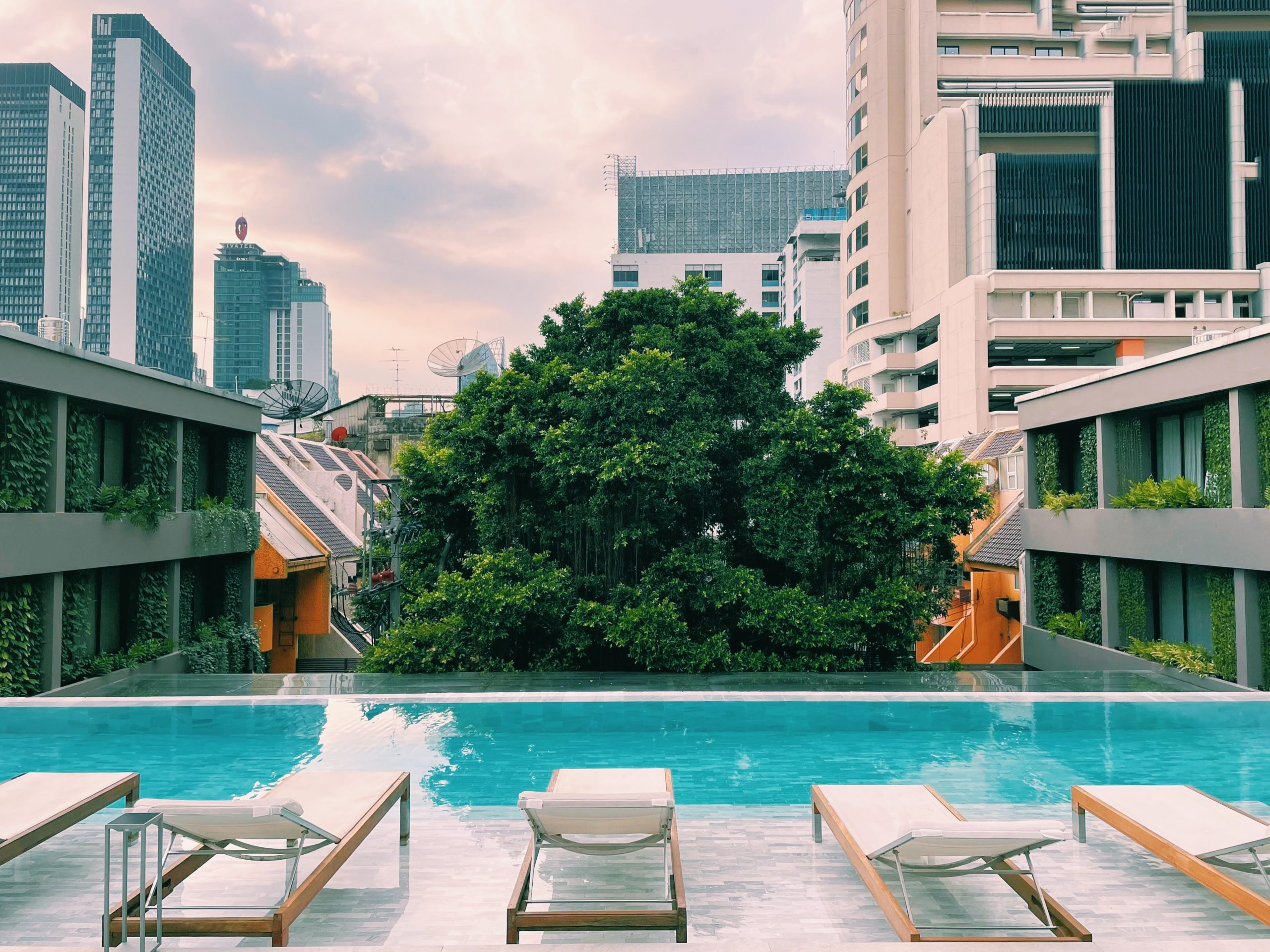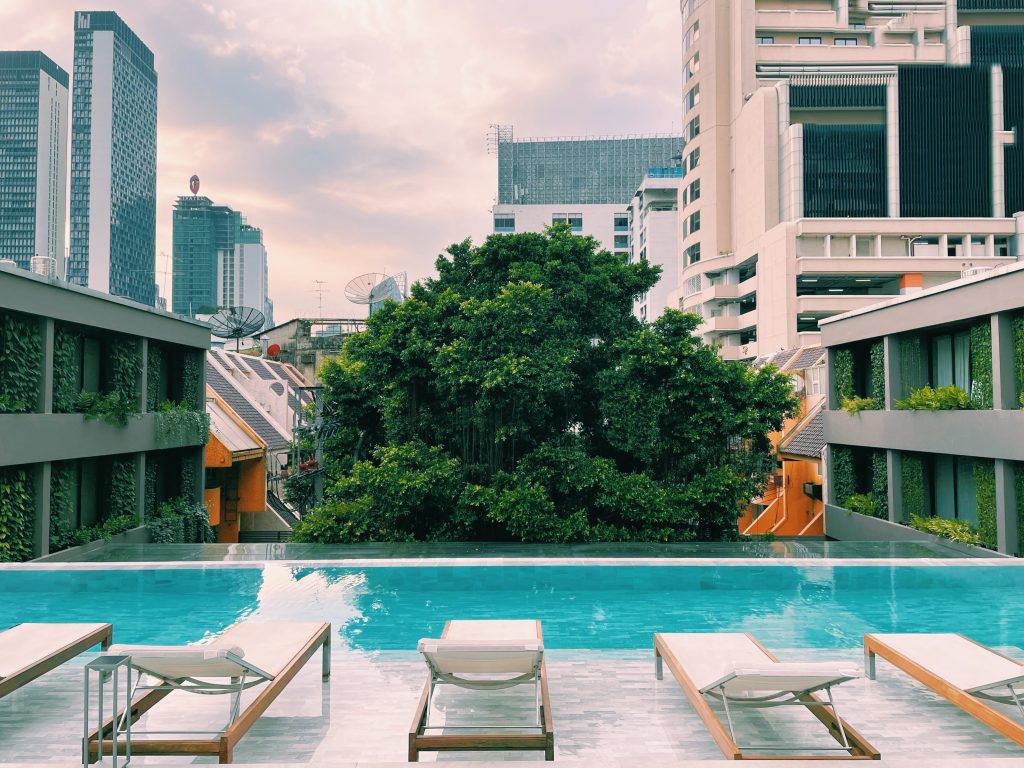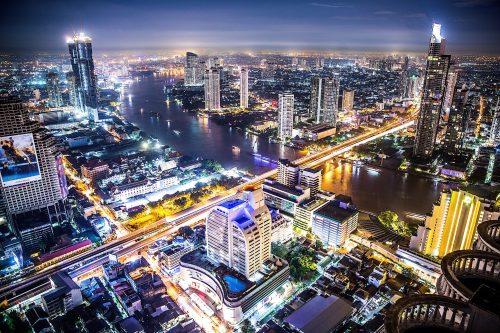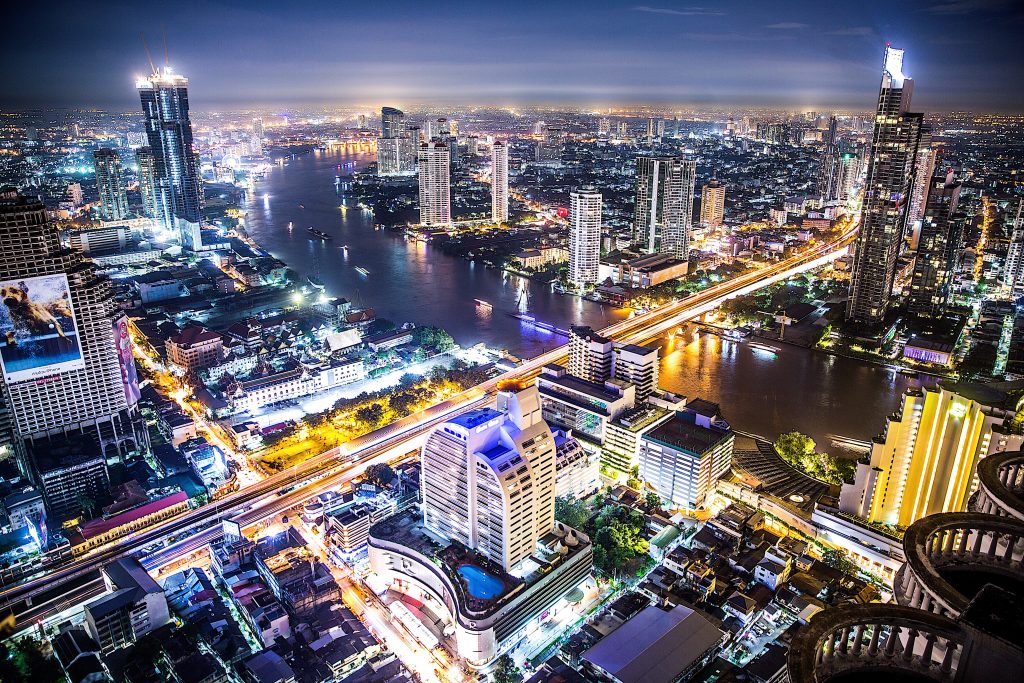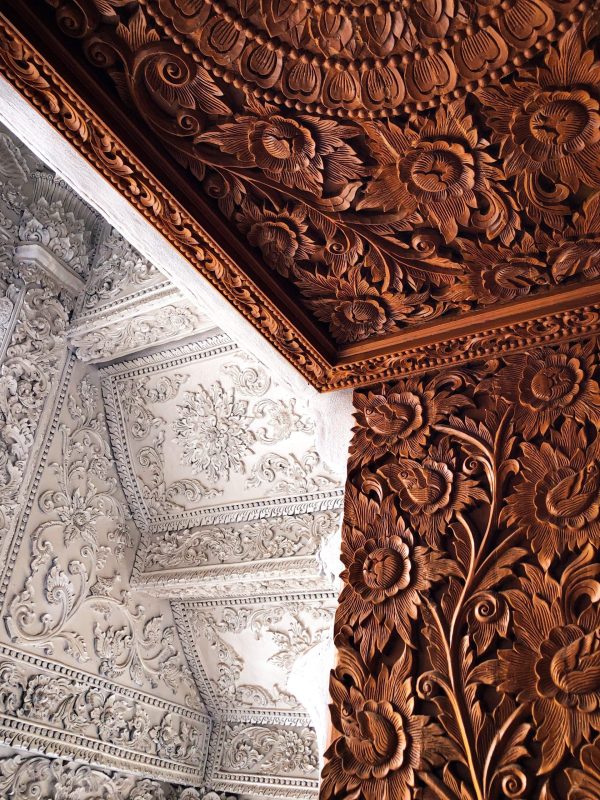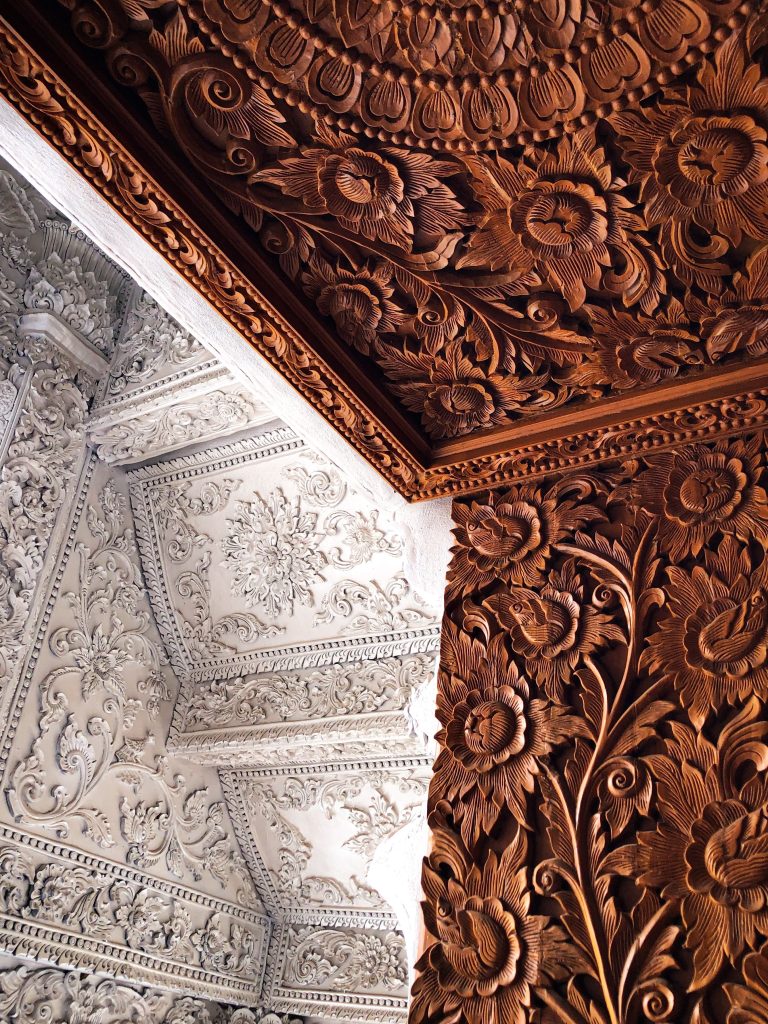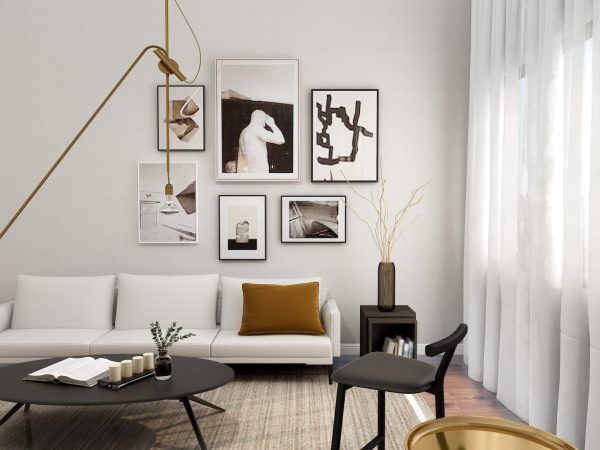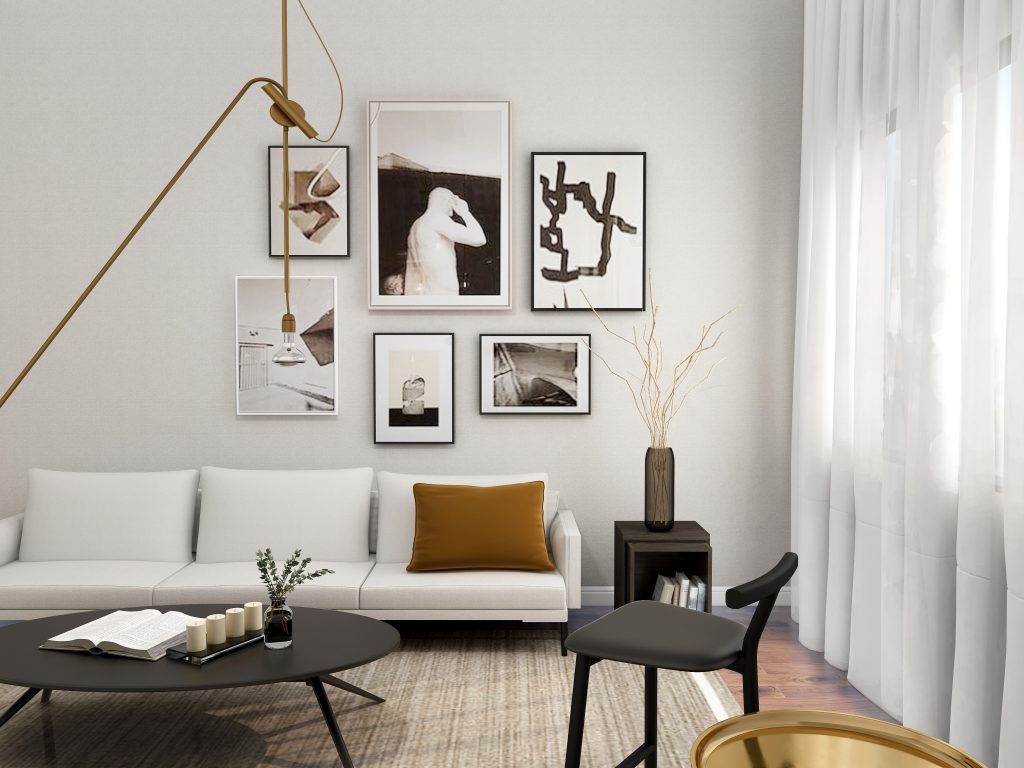In an era where environmental consciousness is at the forefront of global concerns, businesses are recognizing the importance of aligning their operations with sustainable practices. This extends to the very spaces in which they operate. “Sustainable Spaces, Sustainable Success: Eco-Friendly Office Design and Interior Decoration” explores how eco-friendly office design not only contributes to a healthier planet but also fosters a positive work environment and long-term business success.
The Eco-Friendly Imperative
The concept of eco-friendly office design revolves around minimizing the environmental impact of a workspace. Beyond aesthetics, sustainable design prioritizes materials, energy efficiency, waste reduction, and indoor air quality. With climate change and resource depletion in focus, businesses are embracing their role in promoting a greener future.
Key Principles of Eco-Friendly Office Design
- Material Selection: Sustainable office design begins with choosing environmentally friendly materials. Opting for recycled, rapidly renewable, or low-VOC (volatile organic compounds) materials reduces the carbon footprint of construction and promotes better indoor air quality.
- Energy Efficiency: Incorporating energy-efficient lighting, heating, cooling systems, and appliances not only reduces energy consumption but also lowers utility costs over time.
- Waste Reduction: The “reduce, reuse, recycle” mantra applies to office design as well. Implementing a waste management plan during construction and using recycled materials wherever possible reduces waste going to landfills.
- Natural Light: Designing spaces that maximize natural light reduces the need for artificial lighting, saving energy and creating a more pleasant work environment.
- Indoor Air Quality: Using low-VOC paints and finishes, proper ventilation systems, and air-purifying plants contributes to better indoor air quality and employee well-being.
- Biophilic Design: Integrating nature into office interiors through biophilic design not only enhances aesthetics but also promotes a deeper connection to the natural world.
The Benefits of Eco-Friendly Office Design
- Enhanced Employee Well-being: A healthier workspace translates to happier employees. Improved indoor air quality and access to natural light can lead to increased productivity, reduced absenteeism, and higher job satisfaction.
- Attracting and Retaining Talent: Businesses that prioritize sustainability are more attractive to environmentally conscious employees. A well-designed, eco-friendly office can help attract and retain top talent.
- Cost Savings: While initial costs for eco-friendly materials and systems may be higher, the long-term savings from reduced energy and resource consumption can be significant.
- Corporate Social Responsibility (CSR): Eco-friendly office design is a visible commitment to CSR, showcasing a company’s dedication to ethical and sustainable practices.
- Positive Brand Image: A sustainably designed office not only reflects positively on a company’s brand but also resonates with clients, partners, and stakeholders who value environmental responsibility.
Implementing Eco-Friendly Office Design
- Engage Experts: Collaborate with architects and interior designers who specialize in sustainable design to ensure your office space is optimized for environmental friendliness.
- Energy-Efficient Lighting: Use LED lighting, motion sensors, and daylight harvesting systems to reduce energy consumption.
- Smart Technology: Implement smart systems for lighting, heating, and cooling, allowing for automated adjustments based on occupancy and time of day.
- Sustainable Furniture: Choose furniture made from sustainable materials and consider reupholstering existing pieces to extend their lifespan.
- Recycling Stations: Set up convenient recycling stations throughout the office to encourage proper waste separation.
- Greenery and Plants: Incorporate indoor plants to improve air quality and infuse natural beauty into the workspace.
The Future of Eco-Friendly Office Design
As businesses continue to recognize the importance of sustainability, the future of office design is undoubtedly green. Design trends will focus on innovations that reduce energy consumption, minimize waste, and maximize the use of renewable resources. The integration of advanced technology, such as energy-generating materials and smart energy management systems, will further revolutionize eco-friendly office design.
Conclusion
Sustainable office design is more than a trend; it’s a responsibility. By creating eco-friendly workspaces, businesses can demonstrate their commitment to the environment, improve employee well-being, and position themselves as leaders in sustainability. In an interconnected world facing environmental challenges, “Sustainable Spaces, Sustainable Success” is not just a catchy phrase—it’s a roadmap to a brighter future for both businesses and the planet.

บริษัทรับตกแต่งภายใน รับเหมาก่อสร้าง ช่างฝีมือดี ทีมงานคุณภาพ รับเหมาตกแต่งภายใน ออฟฟิศ สำนักงาน โรงงาน ตามแบบไลฟ์สไตล์คุณ
หรือจะเป็นงานสเกลขนาดเล็กก็รับทำ ไม่ว่าจะเป็นการเดินสายไฟ วางท่อประปา ซ่อมแอร์ ล้างแอร์ เคลื่อนย้ายสิ่งของ
สามารถติดต่อเข้ามาเพื่อประเมินราคาหรือสอบถามเพิ่มเติมก่อนได้

Website: https://www.tdc-interior.com/
Tel: 02-260-3698
E-mail: interior@tdc-thai.com

